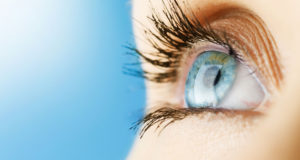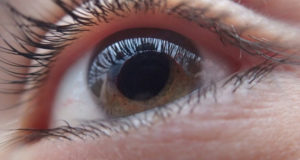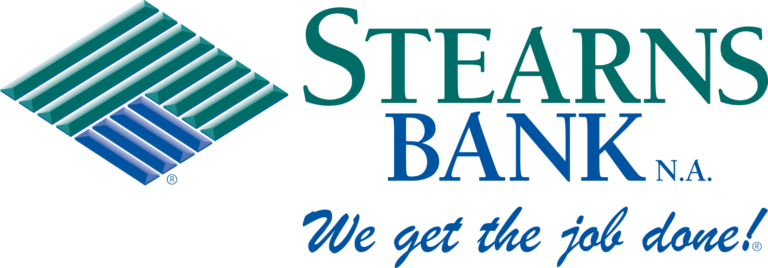What Is Low Vision?
This term refers to a range of medical conditions, from cataracts to macular generation related to partial vision loss that can’t be corrected through traditional practices. Even with glasses or contact lenses, it’s difficult to see clearly.
People of all ages suffer from low vision, though it is more common among the 65 or older demographic. Individuals can be born with a condition that meets these criteria. Tools like magnifying glasses and special computer software are often employed to make life easier for low-vision sufferers.
Is There Anything I Can Do about It?
There are factors you can’t control – such as age, gender, race, and family history – that may make you more susceptible to eye problems. For example, Latin, Asian, and African Americans are more likely to suffer from certain types of glaucoma. However, there’s plenty you can do to safeguard your eye health:
- Reconsider dietary and lifestyle habits. Watch what you eat and drink and avoid smoking. Tobacco can affect eye health by damaging the portion of the eye that protects against UV light. It also contributes to blood pressure problems, which is a separate issue that contributes to poor eye health. Lastly, take adequate care to shield your eyes from the sun – even when you’re inside.
- Exercise. In addition to eating well and kicking some bad habits, exercise will help keep your blood pressure in a healthy range and contribute to your body’s overall wellbeing – including your eyes.
Making these changes or sticking to your fitness routine is important. You may eventually experience problems, simply because of age or those aforementioned factors outside your control; thus, it’s important to know the signs of vision loss and when you may need to contact an ophthalmologist.
What Are the Signs of Low Vision Loss?
Reach out to a health care professional in light of any of these issues:
- Objects are blurry at a distance
- Colors are difficult to tell apart
- Blurriness at the edges of your field of view or spots in your center of vision
If you struggle with reading or watching TV, or find yourself squinting frequently, make a note of it. Keeping an eye out for these symptoms is critically important. If you’re experiencing these problems or are at a higher risk to develop them, share that information when you seek help.
How Can I Get Help?
Individuals experiencing vision difficulty or those who haven’t had a recent checkup should consult a specialist. A basic examination is essential, but a qualified ophthalmologist experienced with low vision cases can pinpoint lifestyle and family history factors, identify your specific needs, and help you maintain healthy vision for as long as possible.
Remember these tips and share them to make the most of Low Vision Awareness Month.




